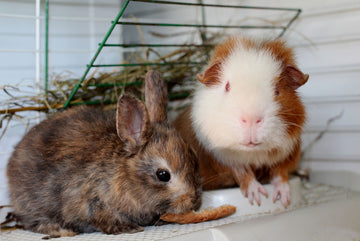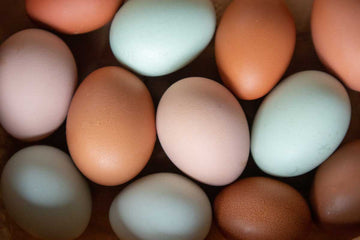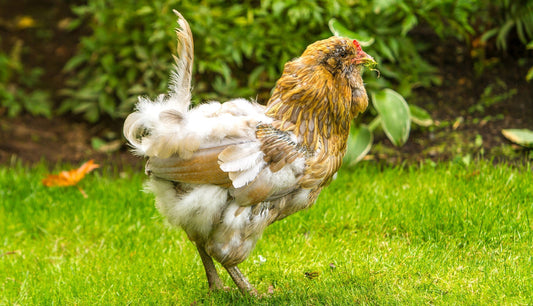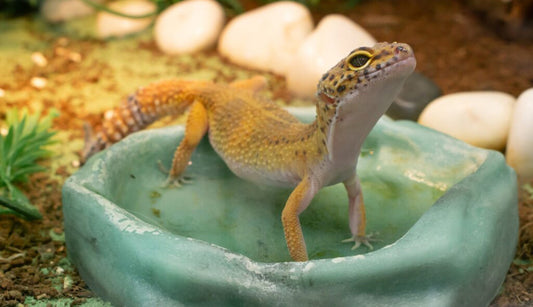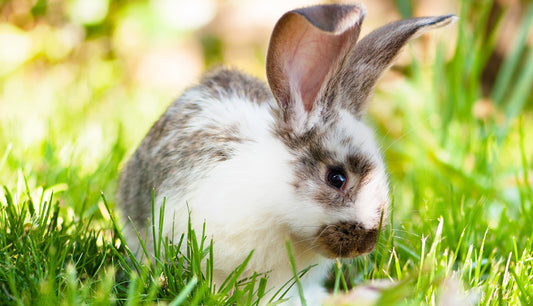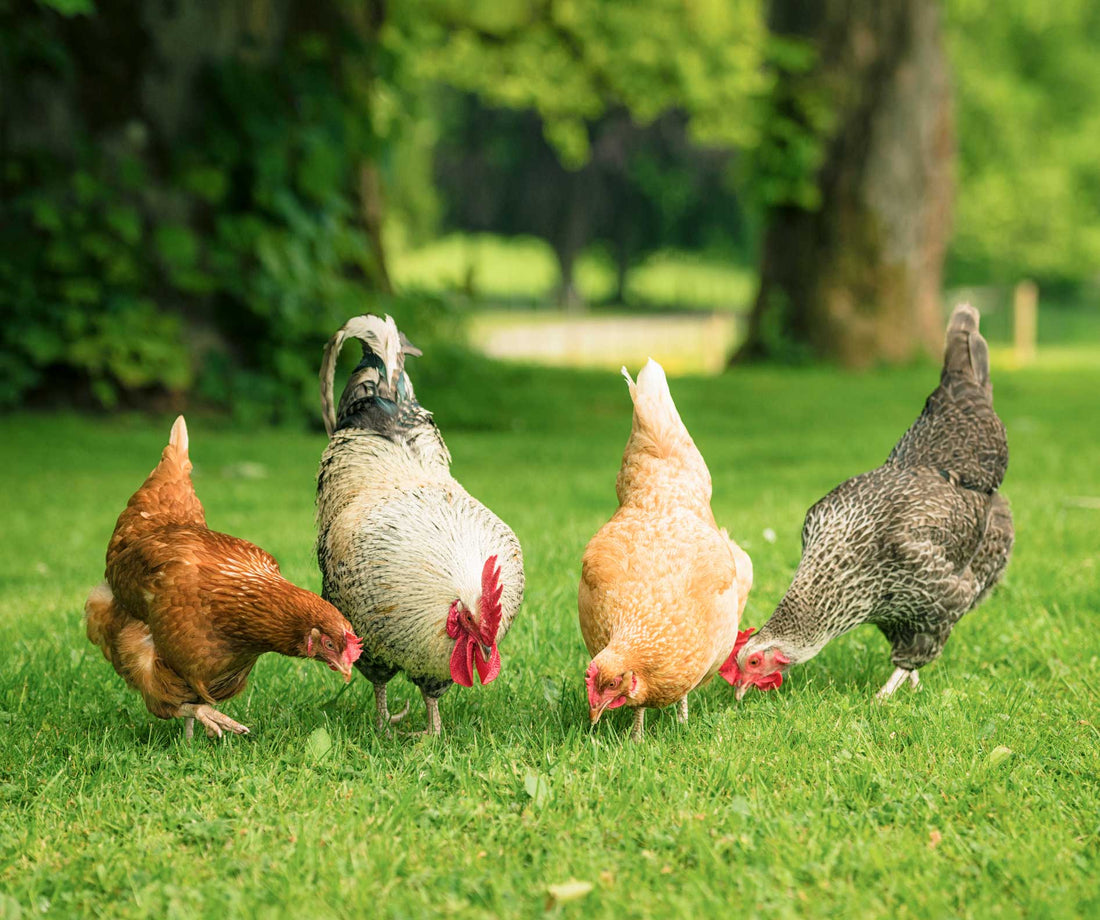
Ultimate Guide to Backyard Chicken Space Requirements: How Much Space Do Chickens Need to Thrive?
The amount of space required for raising backyard chickens depends on various factors, including the number of chickens, their breed, the size of the coop and run, and whether they have access to free-range or confined areas. Here are some general guidelines to help you determine the space requirements:
-
Coop Space: The chicken coop is where chickens roost at night and lay their eggs. The general rule of thumb is to provide at least 2 to 4 square feet of floor space per chicken inside the coop. For example, if you have 4 chickens, your coop should ideally have a minimum of 8 to 16 square feet of floor space. Additionally, ensure there is sufficient headroom for chickens to stand upright comfortably, a place to roost at night, and that nesting boxes are provided for egg-laying.
-
Run Space: The outdoor run is where chickens can exercise, scratch for bugs, and forage. The recommended space for the outdoor run varies widely, but a minimum of 8 to 10 square feet per chicken is often suggested. However, more space is always better if possible. If your chickens will be confined to the run most of the time, providing as much space as your yard allows can help prevent boredom and behavioral issues.
-
Free-Range Area: If you plan to allow your chickens to free-range during the day, they will need access to a secure area that protects them from predators. The amount of free-range space required depends on factors such as the size of your property and the availability of suitable foraging areas. Chickens allowed to free-range typically require less space in the coop and run since they have more room to roam during the day.
-
Consider Breed and Temperament: Some chicken breeds are more active or require more space than others. Additionally, if you have roosters, they may require more space than hens due to their territorial nature. Be sure to research the specific needs of the breeds you plan to keep and observe their behavior to ensure they have enough space to thrive.
- Provide Enrichment: Regardless of the space available, it's important to provide environmental enrichment such as perches, dust baths, and objects for pecking and scratching to keep your chickens mentally and physically stimulated.
Ultimately, providing ample space for your backyard chickens is essential for their health, welfare, and overall well-being. If in doubt, it's always better to err on the side of providing more space rather than less. Additionally, check local regulations and zoning ordinances, as some areas may have specific requirements regarding the housing and space requirements for backyard chickens.
The Breed Matters
Yes, different chicken breeds may have varying needs and preferences when it comes to housing and accommodations. Factors such as size, temperament, and climate adaptability can influence the type of housing and care required for different chicken types. Here are some considerations:
-
Size: Some chicken breeds are larger or more active than others. Larger breeds like Buff Orpingtons or Jersey Giants may require more space in the coop and run compared to smaller breeds like Bantams. Additionally, some breeds are better suited for free-ranging while others may do well in confinement.
-
Climate: Certain chicken breeds are more cold-hardy or heat-tolerant than others. For example, breeds like the Rhode Island Red or the Plymouth Rock are known for their cold tolerance and can withstand harsh winters, while Mediterranean breeds like Leghorns are better suited for hot climates.
-
Temperament: Chickens vary in terms of their activity levels and social behaviors. Some breeds are more docile and easygoing, while others may be more flighty or aggressive. Understanding the temperament of your chickens can help in designing appropriate accommodations, such as providing more space or nesting boxes for broody breeds.
-
Egg Production: If you're primarily raising chickens for egg production, you may choose breeds known for their high egg-laying rates, such as Leghorns or Australorps. These breeds may require nesting boxes and accommodations designed to maximize egg production and collection.
- Specialized Breeds: Certain chicken breeds have specific needs due to their unique characteristics. For example, ornamental or show breeds may require grooming and handling facilities, while dual-purpose breeds may need accommodations that support both egg production and meat production.
An Overview of Breeds
There are numerous chicken breeds, each with its own unique characteristics in terms of appearance, temperament, egg-laying ability, meat production, and adaptability to various climates. Here's an overview of some popular chicken breeds categorized by their primary purpose:
-
Egg-Laying Breeds:
- Rhode Island Red: Known for their hardiness, productivity, and large brown eggs.
- Leghorn: Excellent layers of white eggs; they are active and typically not very broody.
- Australorp: Originally from Australia, these are prolific layers of brown eggs and are known for their gentle temperament.
- Orpington: Comes in various colors including Buff, Black, Blue, and White. Orpingtons are known for their calm disposition and brown egg production.
-
Dual-Purpose Breeds (Good for both eggs and meat):
- Plymouth Rock: Also known as Barred Rock, they are friendly, cold-hardy, and good layers of brown eggs.
- Wyandotte: Available in various colors and known for their docile nature, cold tolerance, and medium egg production.
-
Sussex: Comes in several colors, known for their good temperament, excellent foraging ability, and moderate egg production.
-
Meat Breeds:
- Cornish Cross: A hybrid breed developed for fast growth and high meat yield, commonly used in commercial meat production.
- Jersey Giant: One of the largest chicken breeds, primarily raised for meat production; they also lay brown eggs but are not as prolific as other breeds.
- Freedom Ranger: A slower-growing breed favored by small-scale farmers for its flavorful meat and ability to forage.
- Dorking: An ancient breed with white, red, or silver-grey plumage, known for its tender meat and good brooding instincts.
-
Ornamental Breeds:
- Silkie: Known for their fluffy plumage, black skin, and blue earlobes; they are often kept as pets and are broody, making them good mothers.
- Polish: Recognized for their distinctive crest of feathers on their heads, they come in various color varieties and are mainly kept for ornamental purposes.
- Serama: One of the smallest chicken breeds, originating from Malaysia, they are prized for their small size, friendly demeanor, and ornamental value.
-
Bantam Breeds:
- Sebright: Known for their lustrous, beetle-green sheen plumage and small size; they are popular in exhibitions.
- Old English Game Bantam: Originating from England, these bantams are known for their spirited nature and colorful plumage.
- Pekin Bantam: Also called Cochin Bantam, they have feathered feet and are known for their gentle temperament and fluffy appearance.
- New Hampshire Red: Similar to Rhode Island Reds, they are good layers and also have decent meat quality.
These are just a few examples of the diverse range of chicken breeds available. When selecting breeds for your flock, consider factors such as climate, space availability, intended purpose (eggs, meat, or ornamental), and personal preferences regarding temperament and appearance. In Summary, while many chicken breeds can adapt to a variety of housing setups, understanding the specific needs and characteristics of different breeds can help ensure that they are provided with appropriate accommodations for their health, welfare, and productivity.

